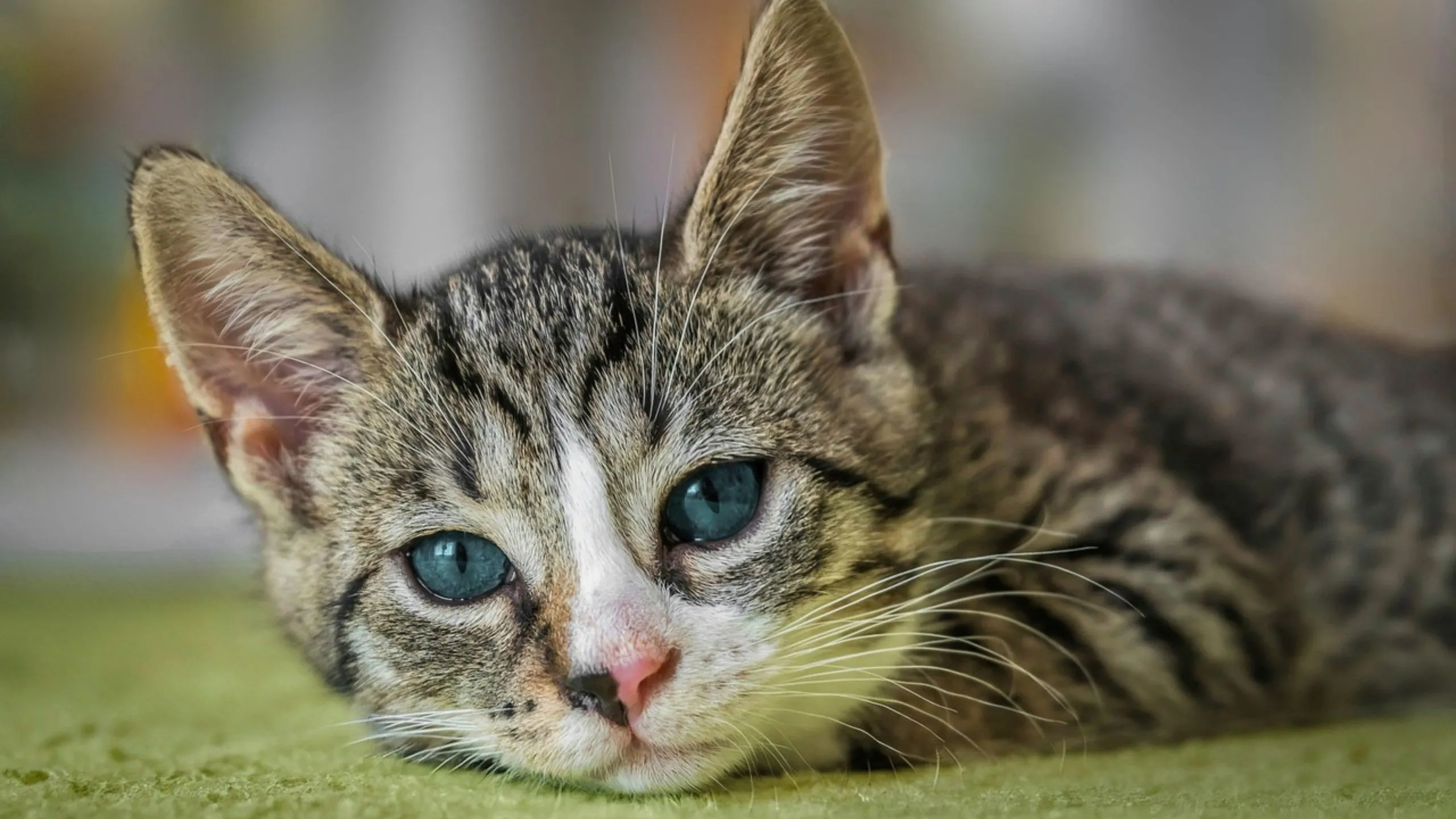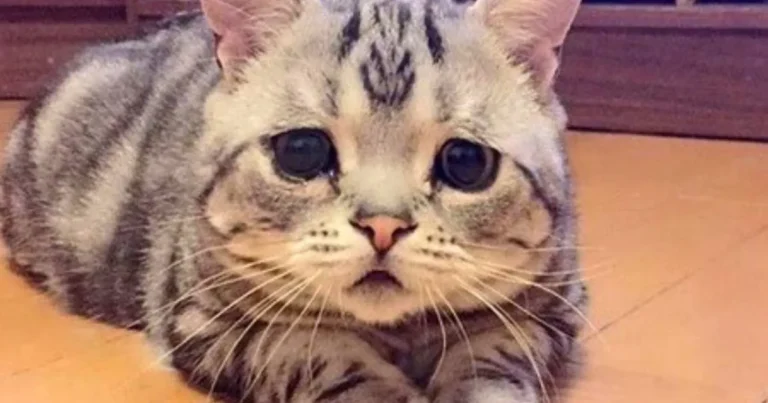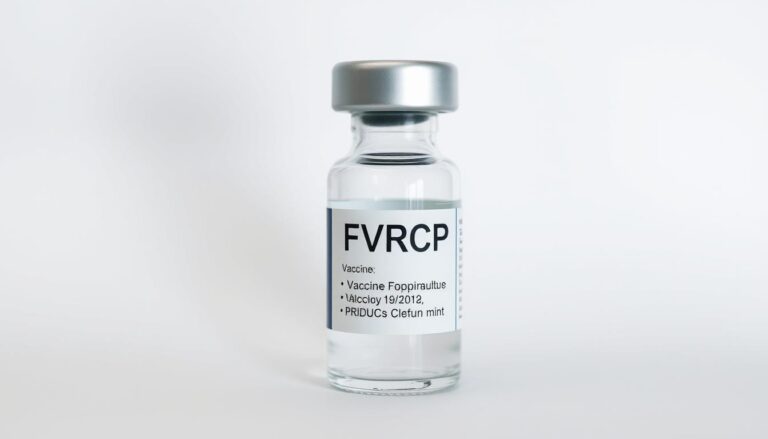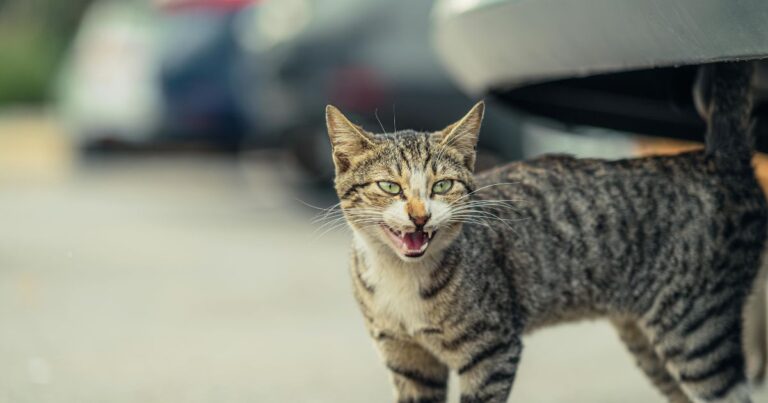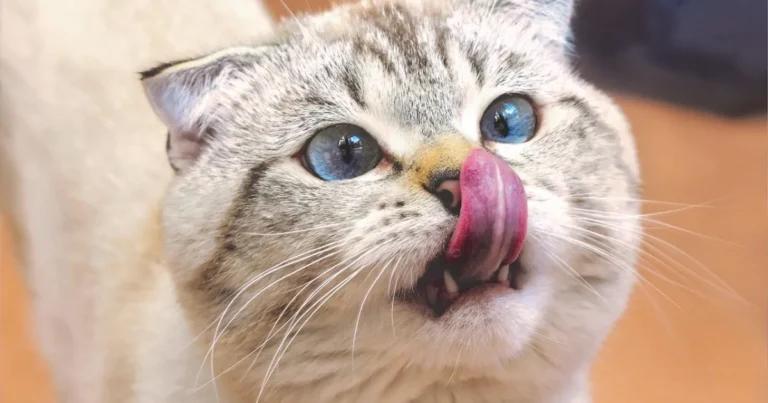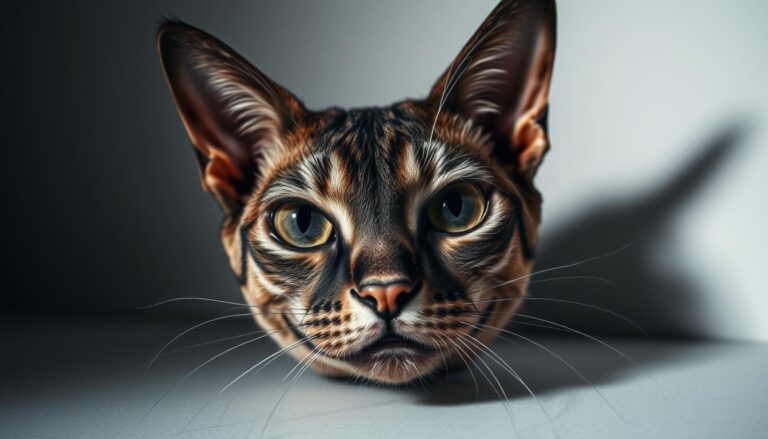Why Is My Cat Coughing? Common Causes Explained
Table of Contents
Why Is My Cat Coughing?
Last night, I watched my beloved Siamese cat, Luna, cough in a strange, raspy way. It made my heart skip a beat. As a devoted cat parent, seeing my feline show signs of respiratory discomfort worries me a lot.
Coughing in cats might seem like a minor issue, but it can signal important health concerns. While a coughing cat doesn’t always mean something serious, understanding the potential causes helps you protect your pet’s well-being. Feline respiratory issues can range from simple irritants to more complex medical conditions that require professional attention.
Your cat’s cough could stem from various sources, including allergies, infections, or underlying health problems. Knowing when to observe and when to seek veterinary care is crucial for maintaining your cat’s health. This guide will help you decode the mystery behind your coughing cat and provide insights into potential causes and treatments.
Throughout this article, we’ll explore the intricate world of feline respiratory health, helping you become a more informed and proactive pet owner. Whether your cat’s cough is occasional or persistent, understanding its potential origins can make a significant difference in their overall wellness.
Understanding Normal vs. Abnormal Cat Coughing
Cats sometimes cough, which is normal. Knowing the difference between normal and abnormal coughing is key to keeping your pet healthy. Not all wheezing in cats is serious, but persistent symptoms need attention.
When Cat Coughing is Natural
Some coughing in cats is harmless. They might cough up hairballs when trying to get rid of fur. Normal coughing usually means:
- Occasional, short coughs
- Coughs that go away quickly
- No breathing trouble
Signs of Problematic Coughing
Wheezing in cats is a worry if it comes with other symptoms. Look out for these signs:
- Coughing that lasts more than a few days
- Hard time breathing
- Fever or less appetite
- Mucus or blood in cough
Duration and Frequency Concerns
Knowing how often a cat coughs can help spot health problems. Here’s a look at cough patterns:
| Cough Type | Frequency | Potential Indication |
|---|---|---|
| Occasional | 1-2 times per week | Typically normal |
| Frequent | Daily or many times a day | Possible respiratory issue |
| Chronic | Keeps going for weeks | Needs vet check |
If your cat coughs a lot or hard, see a vet for a full check-up.
Common Medical Causes of Coughing Cat
If your cat coughs a lot, it’s important to know why. Cats can get sick in many ways that make them cough. These sicknesses need a vet’s help to get better.
Respiratory Infections in Cats
Respiratory infections are a big worry for cats. They can come from:
- Viral infections like feline herpesvirus
- Bacterial infections such as Bordetella
- Fungal respiratory challenges
Each infection can affect your cat’s breathing in different ways. This might lead to coughing that doesn’t go away.
Feline Asthma and Allergic Reactions
Feline asthma is a long-term problem that makes breathing hard for cats. It causes coughing and trouble breathing. Cats with asthma have inflamed airways and spasms that make it hard to breathe.
Things that can trigger asthma and bronchitis in cats include:
- Dust and environmental allergens
- Cigarette smoke
- Strong perfumes
- Seasonal pollen
Heart Disease and Respiratory Complications
Some heart problems can make cats cough. Cats with heart issues might have fluid buildup. This can make breathing hard and cause coughing.
Seeing a vet is key to figuring out what’s wrong with your cat. They can help find the right treatment.
Differentiating Between Wet and Dry Coughs
When your cat coughs, knowing the type can be very helpful. Vets look for two main types: wet and dry coughs. Each has its own signs that can point to health problems.
A wet cough sounds like gurgling and is full of mucus. It might mean your cat has respiratory issues. The sound is deeper, suggesting fluid in the airways or lungs.
- Wet Cough Characteristics:
- Sounds like gurgling or bubbling
- Indicates potential mucus in airways
- Often accompanied by phlegm production
- Dry Cough Characteristics:
- Sounds hollow and harsh
- Typically repetitive
- Suggests irritation or inflammation
The dry cough is harsh and repetitive. It usually means irritation in the respiratory tract. This could be due to allergies, asthma, or inflammation in your cat’s lungs.
Knowing the difference can help you tell your vet more accurately. This might speed up finding and treating your cat’s respiratory problems.
Environmental Triggers and Irritants
Cat coughing fits often come from things in their environment. Your home’s air can affect your cat’s breathing. Many invisible things can make breathing hard for them.
Indoor air quality is key for your cat’s breathing. Cats are sensitive to air pollutants that can cause coughing. Knowing these issues can help make your home better for your cat.
Indoor Air Quality Factors
Many indoor things can make cats’ breathing worse:
- Dust and dust mites
- Cigarette smoke
- Cleaning chemical residues
- Mold spores
- Pet dander
Seasonal Allergens
Seasonal changes can be tough for cats’ breathing. Pollen, grass seeds, and outdoor changes can make coughing worse at certain times.
Household Products to Avoid
Some household items can harm cats’ breathing:
- Scented candles
- Essential oil diffusers
- Aerosol sprays
- Strong cleaning products
- Perfumes and body sprays
Staying away from these can help cut down on coughing. It can also make your cat’s breathing better.
Hairballs vs. True Respiratory Coughs
Cat owners often mix up hairball cough with respiratory issues. Knowing the difference is key to your cat’s health. A hairball cough sounds different from a respiratory cough, with clear signs that set them apart.
Hairball cough shows as a dramatic retching or gagging. Your cat might:
- Crouch low to the ground
- Extend their neck
- Make rhythmic heaving motions
- Expel a tubular mass of hair
It’s important to tell hairball cough from respiratory cough by watching closely. A respiratory cough is more ongoing and might have other signs like:
- Wheezing
- Continuous coughing
- Difficulty breathing
- Mucus or unusual discharge
| Hairball Cough Characteristics | Respiratory Cough Characteristics |
|---|---|
| Occasional occurrence | Frequent or persistent coughing |
| Resolves after hair expulsion | Continues without improvement |
| Typically involves gagging | May include wheezing or labored breathing |
Pro tip: If your cat’s hairball cough happens often or with other worrying signs, see your vet. Some respiratory issues can look like hairballs, so a vet check is important.
Regular grooming can cut down hairballs. Brush your cat often, use special hairball prevention foods, and consider supplements for healthy hair passage.
Serious Health Conditions Related to Coughing
Coughing in cats can signal serious health issues that need quick vet care. Knowing these issues helps you spot important symptoms early. This way, you can get your cat the medical help they need fast.
Kitty lung problems can show up in many serious health conditions. These affect your cat’s breathing system a lot. They need close watching and a vet’s expert opinion.
Pneumonia: A Dangerous Respiratory Threat
Pneumonia is a big problem for cats’ lungs. It can come from:
- Viral infections
- Bacterial pathogens
- Fungal complications
- Accidental liquid or food inhalation
Rapid progression is possible, making early detection crucial for your cat’s survival.
Cancer and Respiratory Tumors
Lung cancer in cats can cause a lot of breathing trouble. Tumors may:
- Invade air spaces
- Cause persistent coughing
- Generate breathing difficulties
- Potentially spread to other organs
Heartworm Disease: A Rare but Serious Concern
Heartworm disease is rare in cats but very dangerous. Symptoms include:
- Intermittent coughing
- Respiratory complications
- Potential lung damage
Regular vet visits and prevention meds are key to managing these serious issues.
When to Seek Emergency Veterinary Care
Knowing when your coughing cat needs quick medical help is key to their survival. Some respiratory symptoms are urgent and can lead to serious health issues.
Look out for these warning signs that mean your cat needs emergency care:
- Labored or open-mouthed breathing
- Pale or bluish gums and tongue
- Extreme lethargy or unresponsiveness
- Continuous, severe coughing fits
- Visible struggle to catch breath
Signs of serious respiratory distress include:
- Exaggerated chest or belly movements during breathing
These can mean your cat has pneumonia, heart disease, or another serious infection.
Before you go to the emergency vet, gather important info:
- Recent medical history
- Current medications
- Vaccination records
- Detailed description of coughing symptoms
Quick action can potentially save your cat’s life. Always seek help if your cat’s symptoms are severe or don’t get better.
Remember: Your veterinarian is the best resource for diagnosing and treating your coughing cat’s specific health concerns.
Treatment Options and Management Strategies
When your cat has breathing problems like feline asthma or cat bronchitis, vets have many ways to help. The best plan depends on your cat’s specific issue and how bad it is.
Medical treatments often include a mix of steps to tackle the root cause and ease symptoms:
- Corticosteroid medications to reduce airway inflammation
- Bronchodilators to open respiratory passages
- Antibiotics for bacterial infections
- Antiparasitic drugs for specific respiratory challenges
For cats with feline asthma, long-term care is key. Your vet might suggest:
- Regular medication checks
- Strategies to control the environment
- Help with weight management
- Ways to lower stress
| Condition | Primary Treatment | Management Strategy |
|---|---|---|
| Cat Bronchitis | Anti-inflammatory drugs | Reduced allergen exposure |
| Feline Asthma | Inhaled medications | Air purification |
| Respiratory Infections | Targeted antibiotics | Quarantine and supportive care |
Changing your cat’s environment is also important. Cutting down on dust, using air purifiers, and keeping things clean can really help their breathing.
Regular vet visits are crucial to keep an eye on your cat’s health and adjust their treatment if needed.
Conclusion
Watching your cat’s breathing is key. A cough can mean many things, from small issues to big health problems. Paying close attention helps spot problems early.
It’s normal for cats to cough sometimes. They might be clearing their airways or dealing with hairballs. But, if coughing keeps happening or gets worse, see a vet right away. Look out for sneezing, wheezing, or energy changes too.
Being proactive helps your cat’s breathing stay healthy. Regular vet visits, a clean home, and knowing what might upset your cat are all important. Every cat is different, so getting expert advice is best for their health.
Keep learning, watching, and acting on what your cat tells you. With the right knowledge and vet help, your cat can stay healthy and get help fast if needed.

